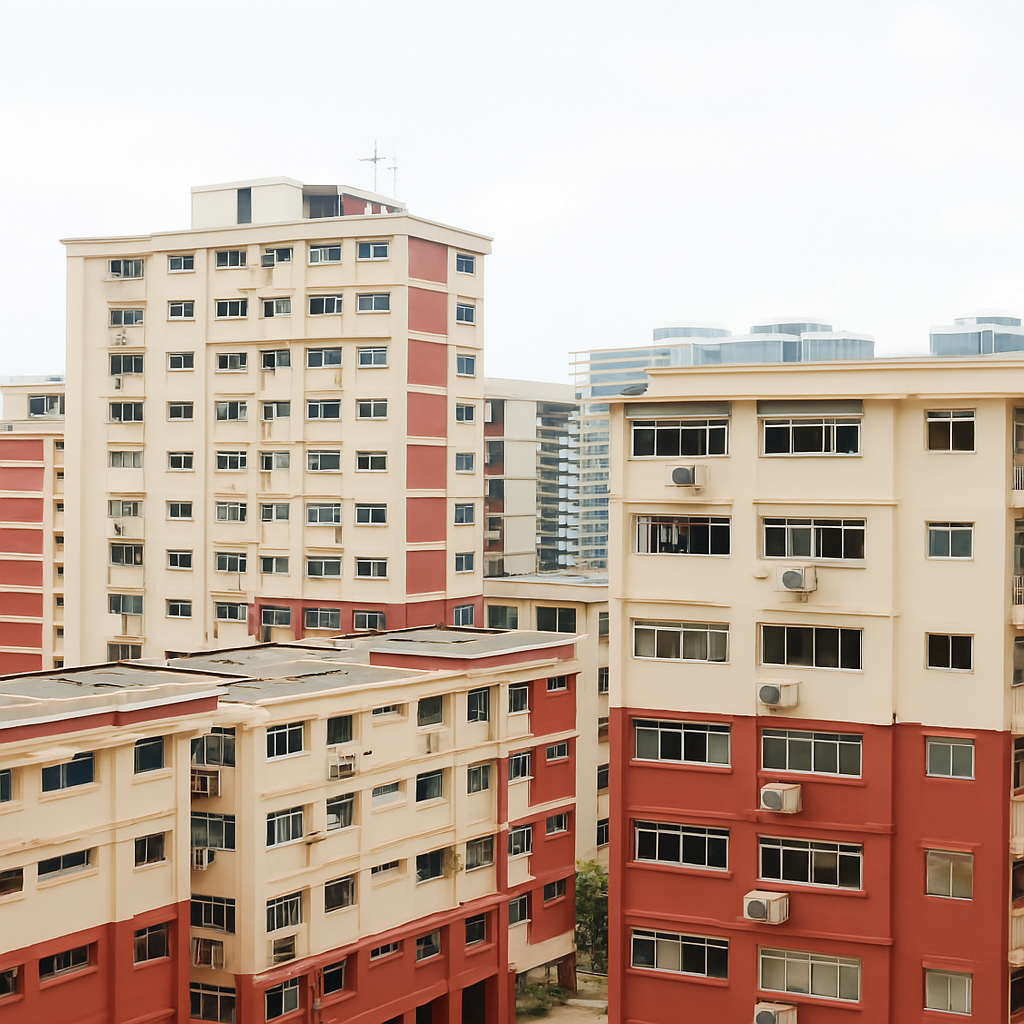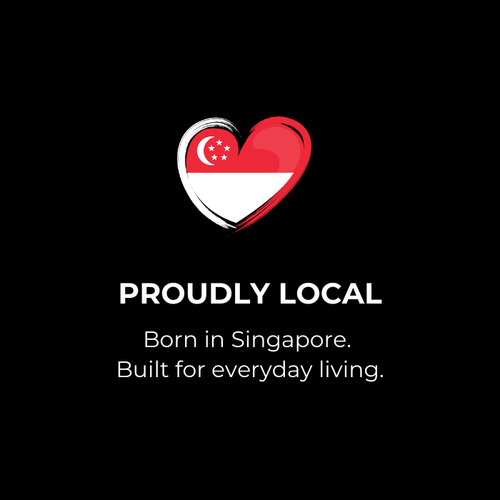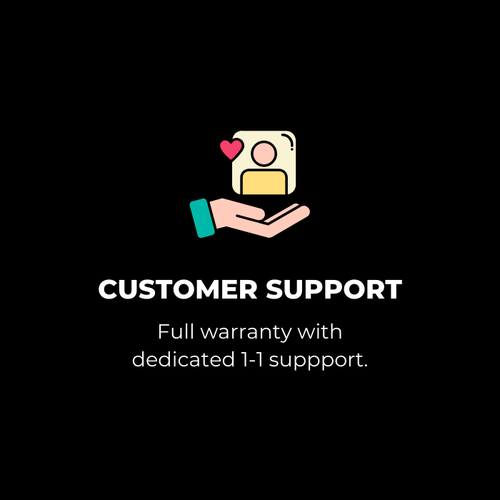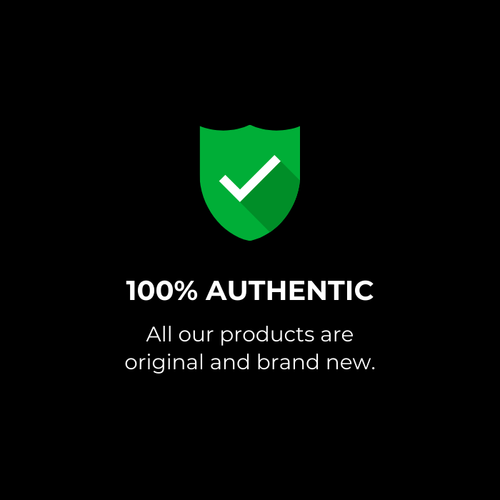
How to Choose the Right Air Purifier for Your HDB or Condo
Singapore’s air isn’t always as fresh as we’d like it to be.
Between haze season, construction dust, and high humidity, indoor air can quickly become stale, stuffy - and worse, unhealthy.
Air pollution has been linked to 1.35 million early deaths globally since 1980, with major spikes during climate events like haze, according to a study led by Nanyang Technological University (NTU).
In Singapore, one of the biggest concerns is PM2.5 particles that come from traffic, industrial activity, and transboundary haze caused by forest fires in the region. These microscopic particles are small enough to lodge deep in your lungs and even enter your bloodstream, potentially causing breathing issues, heart disease, and lung problems.
That’s why purifying your indoor air isn’t just a nice-to-have, but an essential.
So how do you pick an air purifier that fits your space and lifestyle without overpaying for features you’ll never use?
Here’s a no-fluff guide to help you choose the right air purifier for your HDB flat or condo. Whether you’re living solo in a studio or wrangling kids and pets in a 5-room flat, we’ve got you covered.
Why You Need an Air Purifier in Singapore
First things first - why is an air purifier even necessary?
1. Humidity Breeds Mold & Dust Mites
Singapore’s average relative humidity hovers between 70%–90% year-round. That’s the perfect breeding ground for mould spores and dust mites, especially in poorly ventilated spaces like bedrooms, storerooms, or wardrobes. An air purifier with a HEPA filter helps reduce these allergens from the air, making your space cleaner and easier to breathe in.
2. Urban Pollution & Haze
If you live near a major road or industrial area, you’re likely dealing with fine particles (PM2.5) from vehicle exhaust and other sources. During haze season, it gets worse. A solid air purifier keeps these particles out of your lungs - even with windows closed.
3. Pet Hair, Cooking Odours, and That “Stale” Feeling
Daily life leaves its mark on your air - think lingering food smells, floating pet fur, and that general “stale” vibe after a long day indoors. A purifier equipped with a HEPA filter captures fine particles like pet dander and dust, while good airflow keeps things from getting stuffy. It’s a combo that helps your space feel lighter and easier to breathe in, without needing to crack every window.
Key Features to Look Out For
✅ HEPA-14 Filtration
If you're serious about clean air, look for HEPA-14 filtration. It removes up to 99.995% of airborne particles as small as 0.3 microns. That means dust, allergens, smoke, and bacteria don’t stand a chance.
Bonus Tip: Many brands label their filters “HEPA-grade,” which isn’t the same. Always look for actual HEPA-13 or HEPA-14 certification.
✅ CADR (Clean Air Delivery Rate)
This tells you how fast the purifier can clean the air in your space. Higher CADR = faster and more efficient air cleaning. For a typical 3-room HDB flat (~90 sqm), aim for a CADR of 250–350 m³/h.
✅ Coverage Area
Don’t overpay for a unit designed for a 100sqm bungalow if you only need to cover a 10–15 sqm bedroom. Always match the purifier’s coverage to your room size.
Matching an Air Purifier to Your Space
🛏️ For Bedrooms (10–20 sqm)
Look for a compact purifier with HEPA-13 or 14 and whisper-quiet operation (<30dB). You’ll want something that doesn’t interrupt your sleep but still keeps the air fresh.
🛋️ For Living Rooms (20–50 sqm)
Choose something with a stronger CADR to handle food odours, dust, and high-traffic zones.
Feature to look for: Auto-detection mode - adjusts fan speed based on air quality, so you save energy.
 Recommended model: NNIO HEPA-14 Air Purifier (NH14PRO)
Recommended model: NNIO HEPA-14 Air Purifier (NH14PRO)
True HEPA-14 filtration, 350 m³/h CADR, and quiet operation at just 26dB. It covers up to 520 square feet, making it ideal for living rooms, open layouts, or large bedrooms. With smart auto mode that adjusts to real-time air quality, its built for Singapore homes where space and air clarity matter.
🧘 For Studios & Compact Condos
A good all-rounder purifier that balances size and performance works best. Choose one with smart scheduling or app controls if you’re often out and about.
Pro tip: Consider a multi-functional unit that combines air purifying and cooling, especially if storage space is limited.

Recommended model: NNIO AirPro Multi-Purpose Air Cooler (N55MPAC)
Designed for compact living, this unit cools and purifies in one go. Equipped with a HEPA-13 filter, it traps up to 99.95% of airborne particles like dust, pollen, and pet dander - so you breathe cleaner while staying cool. Quiet, energy-efficient, and easy to move from room to room. Perfect for studio apartments or cozy condo spaces.
Lifestyle Factors to Consider
🐶 Pets in the House?
You’ll want a HEPA purifier for dander and the smell. Pet-friendly homes benefit from washable pre-filters too (they catch fur and extend filter life).
👶 Babies or Elderly Family?
Stick with a true HEPA-14 unit. Children and older folks are more sensitive to allergens and air quality changes. Look for purifiers certified ozone-free (important for safety).
👨💻 Work from Home Life?
If you're spending 8+ hours at your desk, that air matters. An air purifier helps if your main unit isn’t nearby. Bonus: it boosts focus and reduces fatigue from stale air.
🔍 What’s the Difference Between HEPA 13 and HEPA 14?
You’ve probably seen both terms HEPA 13 and HEPA 14 filtration but what’s the real difference?
Both fall under the High-Efficiency Particulate Air (HEPA) standard and are designed to trap ultra-fine particles like dust, pollen, pet dander, smoke, and even bacteria. They’re great for improving indoor air quality.
The main difference lies in the slightly higher filtration efficiency of HEPA-14 filters (captures up to 99.995% of particles as small as 0.3 microns, compared to 99.95% with HEPA-13).
That may seem like a small jump, but it adds up - especially if you’ve got asthma, allergies, or live near busy roads where pollution is higher. HEPA 14 filters offer top-tier filtration, often used in spaces where clean air is necessary.
💸 Budget Breakdown: What You Actually Need to Spend
You don’t need to splurge to breathe clean. Here’s what you can expect based on your budget:
|
Budget Range |
What You Can Expect |
|
Under $200 |
Compact HEPA-13 purifiers for small rooms |
| $200-$350 | HEPA-13 and 14 models for mid-to-large room coverage |
|
$350+ |
HEPA-13 and 14 models with high CADR, smart features, app controls, and premium design |
Brands to Compare:
- NNIO – Designed specifically for Singapore homes. True HEPA-14 filtration, quiet performance, and smart auto-mode at accessible pricing.
- Xiaomi – Budget-friendly, with app control and HEPA-13 filters. A great entry-level choice though filter quality and long-term durability can vary.
- Dyson Premium design with HEPA-13 filters Offers app connectivity and auto modes at a higher price point.
- Philips – Solid mid-range option with HEPA-13 filters, decent CADR, and features like sleep mode and auto-sensing. Generally priced higher for similar specs.
Maintenance: Don’t Forget the Filters
Even the best purifier is useless with clogged filters. Check how often filters need replacing and how easy it is to clean pre-filters.
Final Thoughts: What Really Matters
Here’s the thing: your air purifier doesn’t need to be fancy. It just needs to work for your space. Whether you’re dealing with city dust, pet hair, or toddler allergies, the right air purifier should simplify your life - not add more to it.
Your Quick Air Purifier Checklist:
✅ Match coverage to room size
✅ Choose medical-grade HEPA-13 or HEPA-14 filtration
✅ Check the CADR (250–350 m³/h for medium rooms)
✅ Factor in your lifestyle (kids, pets, remote work, or allergies)
Looking for an air purifier that fits your space and your style?
Check out our range built for Singapore homes.





